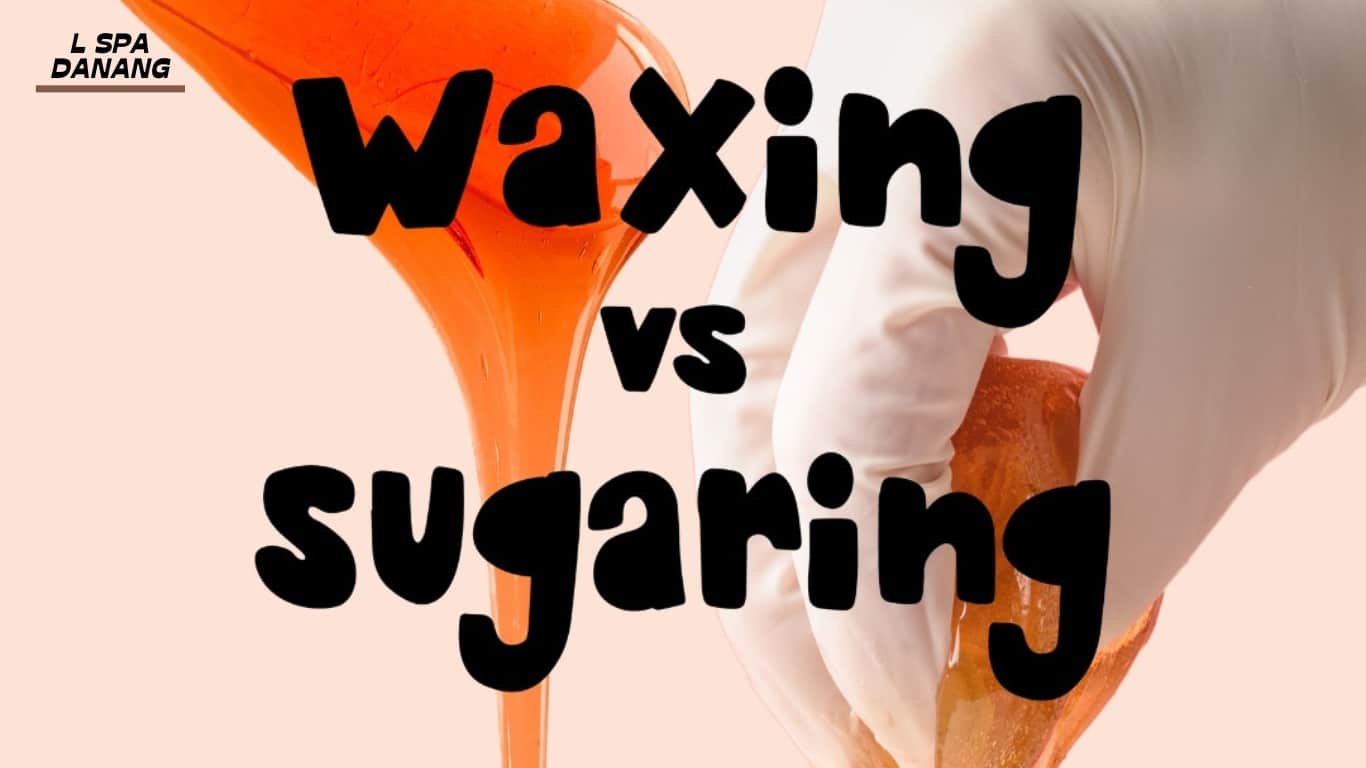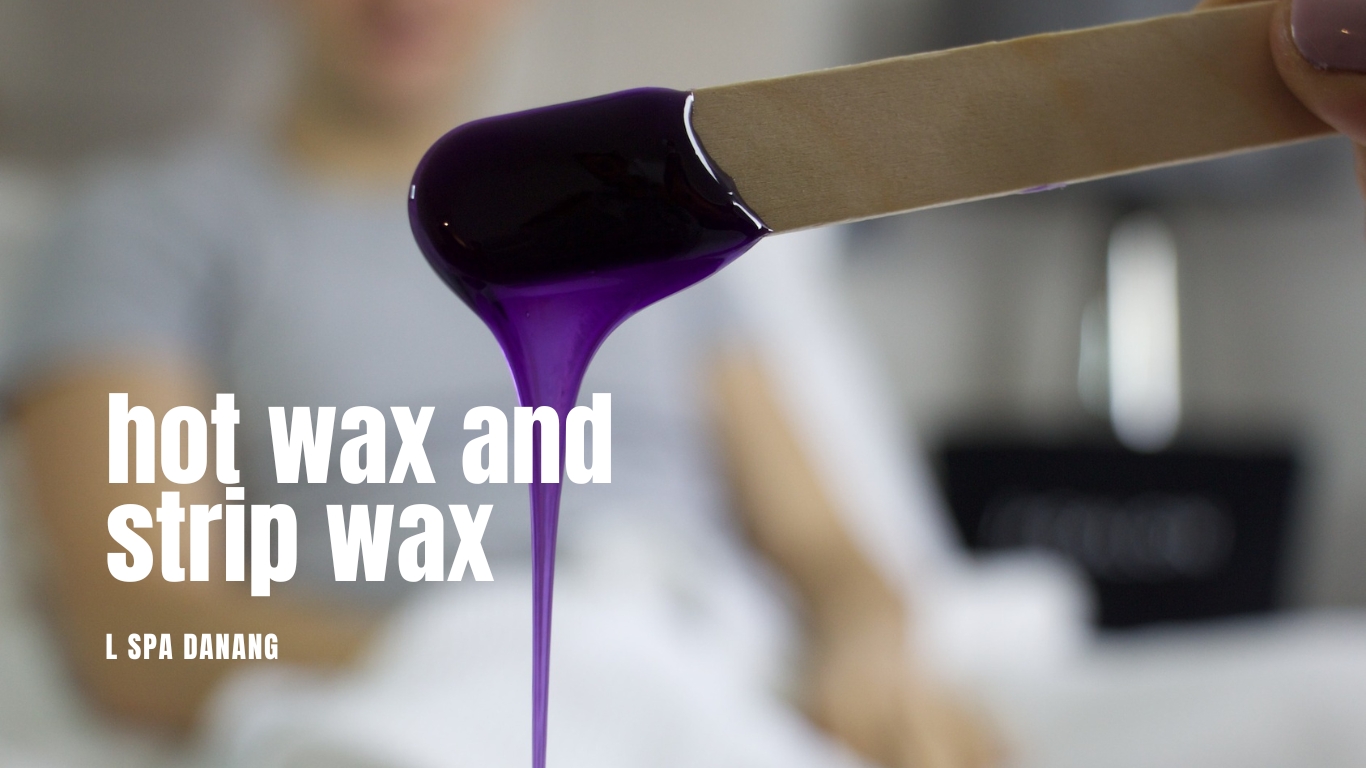Having facial hair, a natural aspect for both men and women, has been traditionally associated with smooth, hair-free skin as a key element of female beauty. Fortunately, there are various options for women to address unwanted facial hair, with waxing and epilation being two popular methods. When considering epilator vs waxing, it’s essential to examine their processes, individual pros, and cons to determine the best solution for your needs.

What Is an Epilator and What’s Waxing?
An epilator, an electrical device, comprises a series of miniature tweezers affixed to a rotating wheel. Ranging from twenty to one hundred tweezers, it efficiently removes multiple hairs in each pass, surpassing the capabilities of conventional tweezers. Operating akin to regular tweezers, it extracts hair at the follicle. Portable and requiring minimal preparation or skill, an epilator is a versatile tool usable anytime, anywhere.
Contrasting the epilator, waxing involves the application of soft or hard wax to an area, followed by using a strip to swiftly extract hairs at the follicle. Opting for the finest wax ensures it adheres to hair rather than skin. Historically, hair removal involved a blend of oil and honey, tracing back to Egyptian times. Today, homemade wax commonly incorporates honey, sugar, and water. Unlike epilation, waxing requires exfoliation before deploying this technique.
Types Of Epilators
Spring Type:
- The initial incarnation of epilators emerged in the form of manual spring-type devices. Starting with a straightforward coiled spring wand equipped with handles on both ends, this epilator type transformed into a compact device featuring a curved spring coil.
- Both variants excel at their task by ensnaring hair strands in the coiled spring and plucking them as the tools smoothly traverse the skin. The key distinction lies in their power source—the electric version is motorized, while the manual type requires manual folding into a downward curve.
Rotating Disc Type
- The rotating disc type of epilator operates similarly to its electric spring counterpart. However, instead of a coil spring, it employs multiple metal discs that rotate concurrently, extracting hair portions from the roots.
- In comparison to spring epilators, those with rotating discs boast enhanced durability and provide a less painful user experience.
Tweezer Type
- As the name suggests, the tweezer-type epilator operates similarly to tweezers but in a more advanced fashion.
- Multiple metal plates rotate in a manner that their ends converge, mimicking the action of tweezers, effectively extracting hair.
- These devices typically house a minimum of 10 tweezers, with some featuring up to a maximum of 72. The efficacy of hair removal improves with a higher number of tweezers.
Types Of Waxes
Warm Soft Wax
- Warm soft waxes, either cream- or resin-based, are utilized for strip waxing. Whether applied with a stick or roller, a thin layer suffices to effectively remove fine hairs from areas like the arms or legs.
- After an even application, a strip is positioned on the wax. Gently rub to ensure adhesion, then pull in the opposite direction of hair growth for optimal results.
Warm Hard Wax
- Warm hard wax, also applied warmly, is ideally suited for smaller and more sensitive areas with varying hair thickness, such as the nose, lips, underarms, and bikini area.
- This self-sufficient wax doesn’t require strips; it efficiently does the job on its own once it hardens. Its crucial characteristic is its change in consistency, adhering to hair and not the skin.
- With a thick consistency, once dried, you only need to remove the hardened wax layer. However, it may require multiple strips to eliminate every strand, making repetition necessary as needed.
Cold Wax
- Cold soft wax is applied similarly to warm soft wax but without the need for heating, or it comes pre-applied to strips (see pre-made wax strip below).
- This method not only prevents the risk of burns to the skin but also eliminates the step of heating the wax. It’s user-friendly and works well on fine hair.
- However, due to its non-melted form, achieving an even application can be challenging, requiring possible reapplication and multiple stripping-off processes.
Pre-Made Wax Strip
- For a speedy waxing solution, opt for pre-made wax strips. These are the beginner-friendly, grab-and-go option in the world of waxing.
- Simply remove the strip from the packaging—no waiting for the formula to melt or warm up. Unfold the strip to expose the wax, apply, and efficiently remove all unwanted hair.
Sugar Wax
- For those who love to DIY, sugar waxing is the ideal choice. This organic method utilizes ingredients readily available in your pantry. By combining sugar, lemon, and hot water, sugar wax effectively removes hair without adhering to the skin.
- Its extremely gentle nature makes it suitable for all skin types.
What’s The Difference Between Using an Epilator vs Waxing?

| Aspect | Epilator | Waxing |
|---|---|---|
| Tools Needed | Epilator | Soft or Hard Wax, Paper or Cloth Strips |
| Process | Device removes hair in the direction of growth, using tweezers or discs | Application of wax that adheres to hair, pulled against hair growth |
| Best for | Large areas, such as arms and legs | Arms, legs, torso, face, underarms, bikini area |
| Pain Level | Moderate to intense | Moderate to intense |
| Potential Side Effects | Tenderness, redness, irritation, and ingrown hairs | Redness, irritation, rashes, bumps, sun sensitivity, allergic reaction, infection, scarring, and ingrown hairs |
| Results Last | Approximately 3 to 4 weeks | Approximately 3 to 4 weeks |
| Average Cost | $20 to $100 | $50 to $70 for professional service; $20 to $30 for at-home kit |
| Skin Type | Suitable for all skin types | Suitable for most, but may not be suitable for sensitive skin |
| Hair Type | Suitable for any hair type | Suitable for any hair type |
| Hair Length | Effective for hair length of 1/8 inch to 1/4 inch | Effective for hair length of 1/4 inch to 1/2 inch |
Which Areas Does It Work Best For?
Epilators are most effective on larger areas with resilient skin, like the arms and legs. While technically usable on sensitive areas like the bikini area, face, and underarms, it may cause more discomfort depending on pain tolerance.
Waxing, with its precise application, is versatile and suitable for various body parts, including the arms, legs, torso, face, and bikini area. Many opt for waxing in the bikini area due to its longer-lasting results compared to other hair removal methods.
How Much Time Can an Epilator and Waxing Take?
Waxing demands a relatively long procedure due to preparation and cleanup time. For areas like arms and legs, it usually takes around ninety minutes, whereas professional waxing can be completed in under ten minutes at a salon, providing a simpler and perfectly finished result. In contrast, epilation takes less than an hour with minimal cleanup.
While you may feel the impacts of the epilator during the process, overall, unless done professionally, epilation tends to be more convenient than waxing, which involves extensive preparation but shorter treatment time. The choice between the two methods depends on personal preferences and tolerance for discomfort over different durations.
Benefits Of the Epilator and Waxing

Epilation offers the advantage of removing shorter hairs that may be challenging for waxing to reach, resulting in smoother skin.
On the other hand, waxing has the benefit of wax adhering to the skin’s top layer during the removal process, providing light exfoliation and effectively eliminating dead skin cells.
Both epilation and waxing yield longer-lasting results compared to methods like shaving.
Moreover, the convenience of DIY is an added benefit for both epilation and waxing. Unlike in-office treatments like laser hair removal, individuals can perform both epilation and waxing in the comfort of their own homes with the appropriate tools.
Are There Any Side Effects or Risks of Epilator and Waxing?
It’s crucial to acknowledge that both methods may cause irritation and discomfort, with the potential for more pain compared to shaving.
Epilation, akin to tweezing, may leave the skin feeling sensitive. Potential side effects include:
- Redness
- Irritation
- Bumps
- Ingrown hairs
Epilation generally carries fewer risks compared to waxing. The potential side effects of waxing, depending on the person’s expertise, may encompass:
- Redness
- Irritation
- Rashes
- Bumps
- Sun sensitivity
- Allergic reactions
- Infections
- Scarring
- Burns
- Ingrown hairs
Which Is Better – Epilator or Waxing?

Ultimately, the outcomes of using an epilator or waxing are comparable, making it a matter of personal preference. Pain perception varies among individuals, and some may find one treatment more uncomfortable than the other. If you prefer short, sharp bursts of discomfort, waxing might be the choice for you. On the contrary, if you find the ongoing pulling sensation more tolerable, opt for epilation. For those who find both methods challenging, alternative options like the best IPL hair removal devices could be more comfortable.
Budget plays a role in the decision-making process as well. Epilators may have a higher upfront cost compared to a packet of wax strips. However, this initial investment can pay off quickly if you use it regularly instead of frequenting a salon. For those who value privacy, at-home epilation might be preferable to in-salon waxing. Additionally, there’s flexibility in combining both treatments based on your preferences when dealing with regrowth.
FAQs
Can I use epilator for pubic hair?
Yes, epilators can be safely used on hair from various body areas, including the arms, legs, pubic region, and even the face.
How painful is an epilator?
For those unfamiliar with epilators, it’s essential to understand their operation. Epilators function by extracting hair from the root using micro-tweezers. While epilation can cause some discomfort, it is generally less excruciating than waxing.
Is waxing good or bad for you?
Waxing, while offering longer-lasting results, comes with potential negative side effects such as pain, ingrown hairs, breakouts, and infected hair follicles. Despite these discomforts, many individuals favor waxing due to its cost-effectiveness and ease of application.
The Bottome Line
Both epilation and waxing offer long-lasting results, but choosing the right method may require some trial and error. If you’re sensitive to pain, epilation might not be ideal. However, if you can tolerate some discomfort for fewer side effects, epilation could be a better option than waxing. Keep in mind that what works for others may not work for you, so prioritize safety in your hair removal choices.
This article is for informative reference and to distinguish the differences between hair removal by an Epilator vs Waxing. Note that L Spa does not provide an epilator service option, and the information provided is for educational purposes only. To learn more about our available treatments and services, please visit the L Spa Da Nang website.





